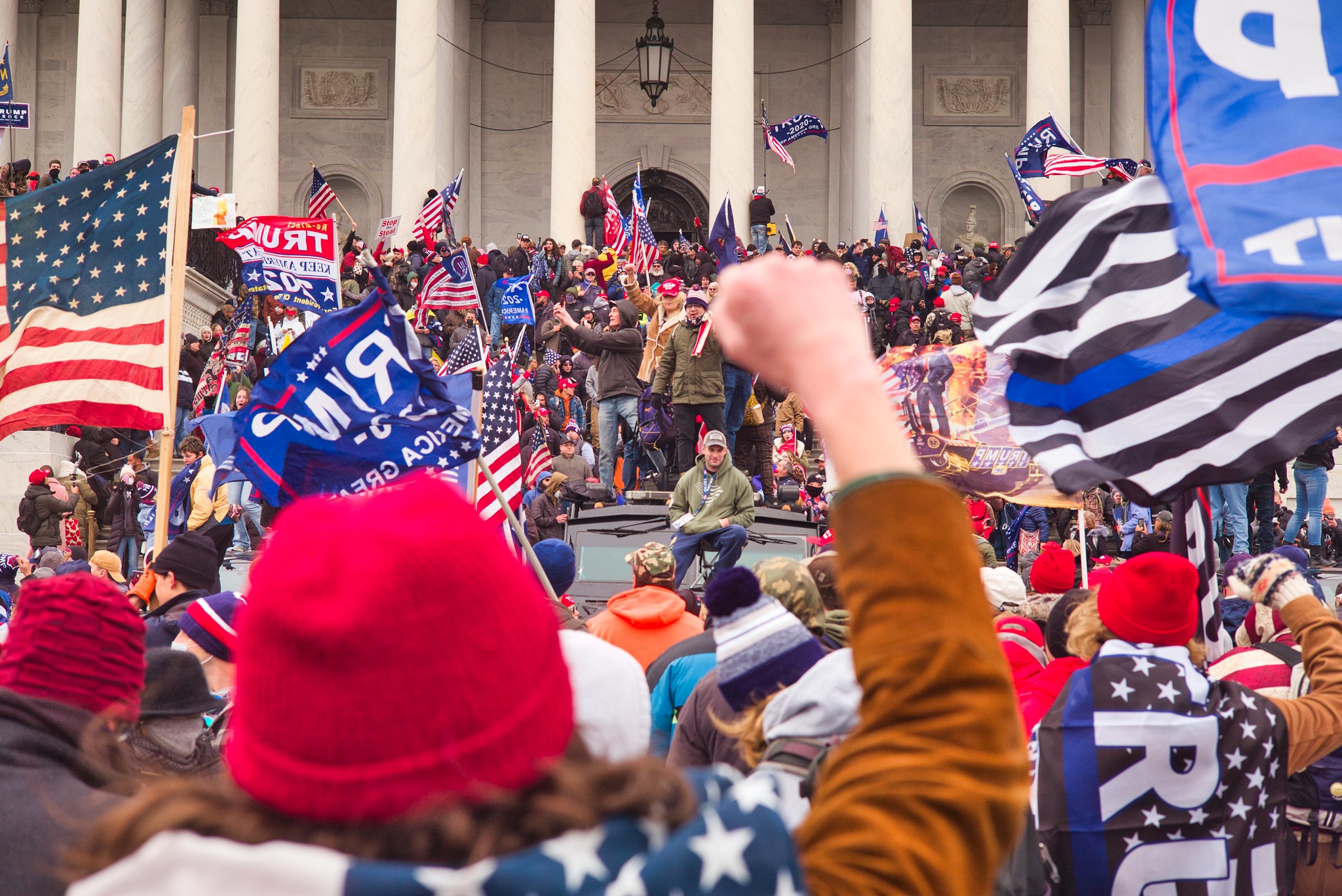Robin Simcox on Why Terrorists Can't Always Be Prosecuted
Robin Simcox of the Henry Jackson Society in Britain writes in with the following thoughts on the difficulties of prosecuting terrorist suspects, a subject which he covered in this recent report:
President Obama recently has struck a deal in Congress that will make it easier to transfer detainees out of the Guantánamo Bay detention center. This will expedite the release process of some, though not all, of the 155 remaining detainees. Indeed, the U.S.
Published by The Lawfare Institute
in Cooperation With

Robin Simcox of the Henry Jackson Society in Britain writes in with the following thoughts on the difficulties of prosecuting terrorist suspects, a subject which he covered in this recent report:
President Obama recently has struck a deal in Congress that will make it easier to transfer detainees out of the Guantánamo Bay detention center. This will expedite the release process of some, though not all, of the 155 remaining detainees. Indeed, the U.S. will still be stuck with, at a bare minimum, forty six detainees deemed too dangerous to release, but who cannot be prosecuted. In 2009, Obama asked his advisers a pertinent question on this: "If these guys are so dangerous, why can’t we prosecute them?' There is not one simple answer to this question, yet neither is the issue so complex that governments should not have done a better job explaining it. The state is regularly unable to match up how dangerous an individual is with a specific crime he can be charged with: Guantanamo is just a symptom of the problem, not the root cause, and it is not the only place where suspected terrorists cannot be tried. However, dealing with Guantanamo first, it needs to be remembered that detainees were not held there as a prelude to prosecution; they were, instead, held under the international law of war. Approximately 60 percent of the 779 individuals sent to Guantánamo Bay were captured in Afghanistan. The U.S. goal was removing fighters from al-Qaeda and its associated forces from the battlefield until the end of hostilities, not conducting a criminal investigation or finding evidence suitable for court. Furthermore, some have likely not broken any law. As William Lietzau, former U.S. Deputy Assistant Secretary of Defense for Detainee Policy, explained: [I]f you could graduate from a Taliban boot camp . . . you can’t be prosecuted for anything, you haven’t done anything. . . . But if you were captured in war, of course you wouldn’t release that person, they’re still the enemy . . . you wouldn’t release them but on the other hand you can’t criminally prosecute them. Instead, the U.S. priority was extracting intelligence in order to prevent future attacks. At times, these interrogations became so coercive that any information gained would be thrown out in court. However, even if it could be used, proving guilt beyond a reasonable doubt is an extremely high bar to clear. Witnesses might live thousands of miles away, while the military would need to collect untainted evidence from the crime scene and preserve the chain of custody of that evidence. These problems apply not only to Guantánamo Bay detainees but also, for example, to fighters detained in Afghanistan and Iraq. Yet it is not just in Guantanamo Bay and foreign war zones where prosecutions present problems. According to former U.S. Attorney General John Ashcroft, after 9/11 a "paradigm of prevention" was needed in the U.S. in order to thwart future attacks. An even sharper focus was subsequently placed on intelligence gathering. However, intelligence agencies’ approach to counterterrorism can differ significantly from that of the police, hindering prosecutions. The inclination of the police is to collect evidence in order to prove guilt in court. The inclination of intelligence officials is to disrupt suspected terrorists’ plans. Yet, by its very nature, intelligence can be more fragmentary and open to interpretation than admissible evidence. One pertinent example of this was an al-Qaeda plot targeting the U.K in April 2009. Ten Pakistanis and one British citizen were arrested on suspicion of planning to carry out a major attack over the Easter weekend. Authorities intercepted e-mails between a Pakistani-based al-Qaeda associate and Abid Naseer, one of the suspects, thought to be referring to explosives and potential dates of the attack. Because of the attack's apparent imminence, the police arrested the suspects. However, the raids did not recover enough evidence to sustain a trial, and all were released without charge (although, in January 2013, Naseer was extradited to the U.S. to stand trial there). However, Justice Mitting, a Special Immigration Appeals Commission judge had access to classified intelligence regarding the nature of the plot. He concluded in 2010 that Naseer was "an Al Qaeda operative who posed and still poses a serious threat," and his fellow cell members "committed Islamist extremist" operatives. Then, in May 2011, documents discovered at Osama bin Laden’s Abbottabad compound linked him to the planned attack. With this plot, the fact that there was not enough evidence for a trial clearly did not mean that there was no threat. Yet excellent intelligence did not lead to usable evidence in court. An additional factor that makes prosecutions difficult is accessibility. President Obama outlined in May 2013 that al-Qaeda and its associated forces "try to gain foothold in some of the most distant and unforgiving places on Earth [where] the state only has the most tenuous reach into the territory." Foreign partners may the lack the ability or desire to track down these terrorist themselves, and even if they did, they may not have an extradition treaty with the U.S. (or, as is the case with Yemen, be constitutionally barred from turning any of its citizens over to another country). To compound this, the U.S. will rarely have military presence or legal jurisdiction in such areas; and does not have the capacity to assemble a U.S. Special Forces team for every potential target. As a result, the U.S. has become reliant on drone strikes to target suspected terrorists. These have also proved controversial, especially regarding collateral damage and the precedent set by targeting an American citizen: Al Qaeda in the Arabian Peninsula’s Anwar al-Awlaki, who was based in Yemen. Therefore, while prosecutions may be the ideal method to stop terrorism, they are not always the most realistic. Yet there remains a lack of public understanding of this, partially because policy makers are still being dishonest about these dilemmas. For example, in an April 2013 debate on terrorism in the House of Commons, one member of parliament stated that, ‘"this all boils down to the fact that either someone is prosecuted or they are not." This is clearly untrue. Liberal democracies have a duty to explain why the complexities of dealing with modern-day terrorism mean that not all roads lead to a court of law. Pretending otherwise creates unrealistic expectations about the nature of the threat that the West faces. So there is a perfectly good answer to President Obama’s 2009 question. Now it is time for today’s governments to begin providing it.
Wells C. Bennett was Managing Editor of Lawfare and a Fellow in National Security Law at the Brookings Institution. Before coming to Brookings, he was an Associate at Arnold & Porter LLP.



.jpg?sfvrsn=d5e57b75_5)

